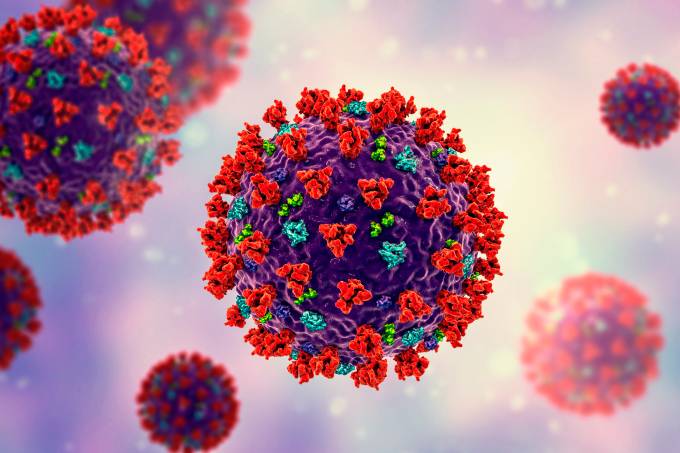Protocol Detail


HYPOCALCAEMIA
Hypocalcaemia, also spelled hypocalcemia, is low calcium levels in the blood serum. The normal range is 2.1–2.6 mmol/l (8.8–10.7 mg/dl, 4.3–5.2 mEq/l) with levels less than 2.1 mmol/l defined as hypocalcemia
Diagnosis
· Hypocalcaemia is a plasma Ca of <2.3 mmol/1.
· Clinical features of hypocalcaemia typically involve muscles & nerves:
- Tetany, cramps, & tingling in extremities
-Positive Trousseau’s (application of a forearm tourniquet results in adduction of the thumb,bunching of the fingers & flexion at the wrist) & Chvostek’s signs (tapping on the facial nerve results in contraction of the facial muscles)
-Main d’accouncher (spontaneous spasm in the hands),
-Laryngeal spasm (resulting in stridor),
-Convulsions,
-Psychiatric effects in chronic hypocalcaemia (malaise to psychosis),
· Chronic disease can also result in candidiasis, dystrophic nails, alopecia, cataracts, Addison’s disease, prolonged QT interval & rickets.
Always check the phosphate & magnesium levels.
Hypocalcaemia associated with:
· Uraemia & elecated creatanine indicate chronic renal failure
· Elevated serum phosphate & normal renal function indicate hypoparathyroidism
Hypoparathyroidism due to hypomagnesaemia produces a hypocalcaemia uncorrected by calcium.
Management
Symptomatic hypocalcaemia or serum levels of < 1/.875 mmol/1:
· Parenteral calcium replacement,
· Infusion of 10mls 10% Calcium Gluconate in 100mls Normal Saline given over 30-60 minutes.
Chronic, asymptomatic mild hypocalcaemia:
· Oral supplements are usually sufficient
· Calcium may need to be given with vitamin D to enhance absorption
· For oral replacement use effervescent calcium (Sandocal-equ 1g Ca) or calcium carbonate (Caltrate-equ 600mg Ca),
· Vitamin D doses of 0.5-1.0 daily is generally sufficient but in posty-parathyroidectomy large doses may be required.
Correct any associated hypomagnesaemia:
· If mild or asymptomatic with oral MagMin i-ii BD (diarrhea is common) or
· If symptomatic (tremors, weakness, arrhythimias, convulsions):
o 5mls Magnesium Sulphate (2.47 g MgS04 or 10mmol Mg),
o 10-20 mls in 100mls Normal Saline over 3 hours.
In sepsis or renal failure metabolic acidosis may accompany hypocalcaemia & the calcium must be replaced before the acidosis is corrected. Failure to do so may result in cardiac arrest due to rapid fall in ionized calcium levels.
Patients on Digoxin should be monitored carefully as administration of calcium can precipitate digoxin toxicity.
Involve advice of senior staff, medical officer or specialist physicians promptly.









